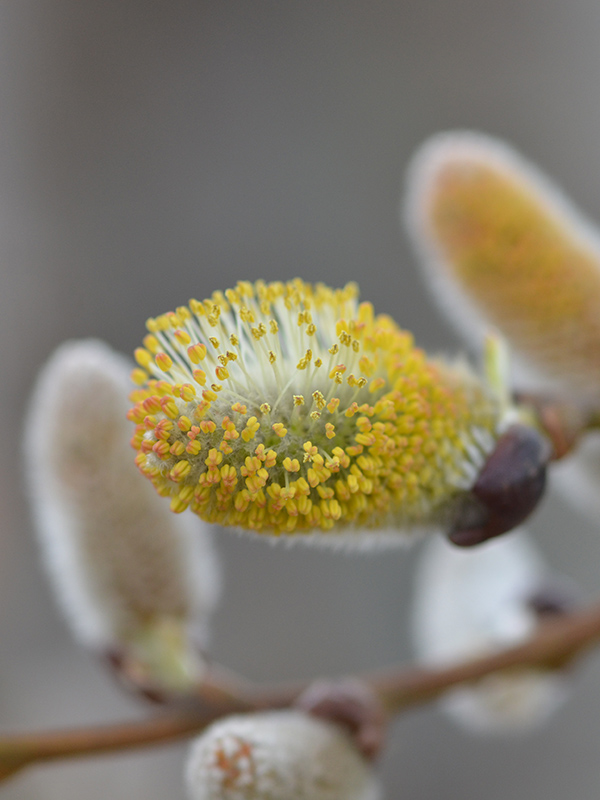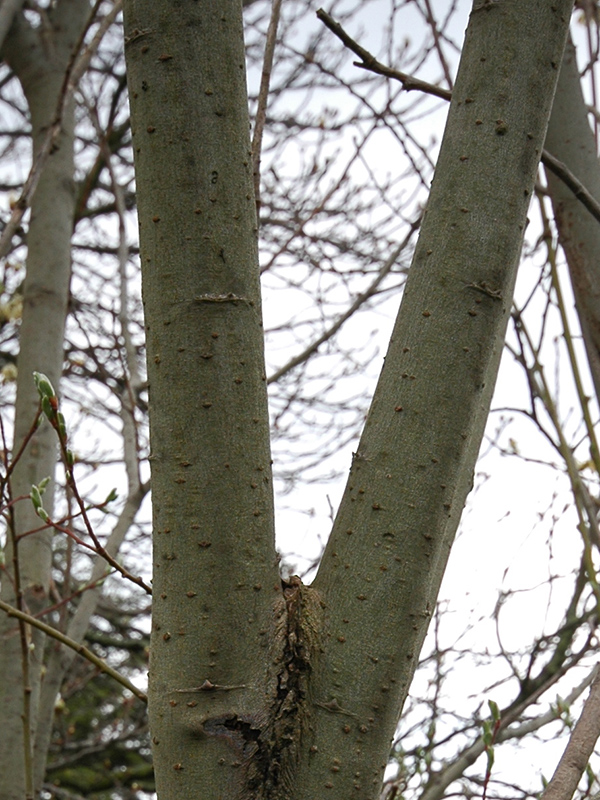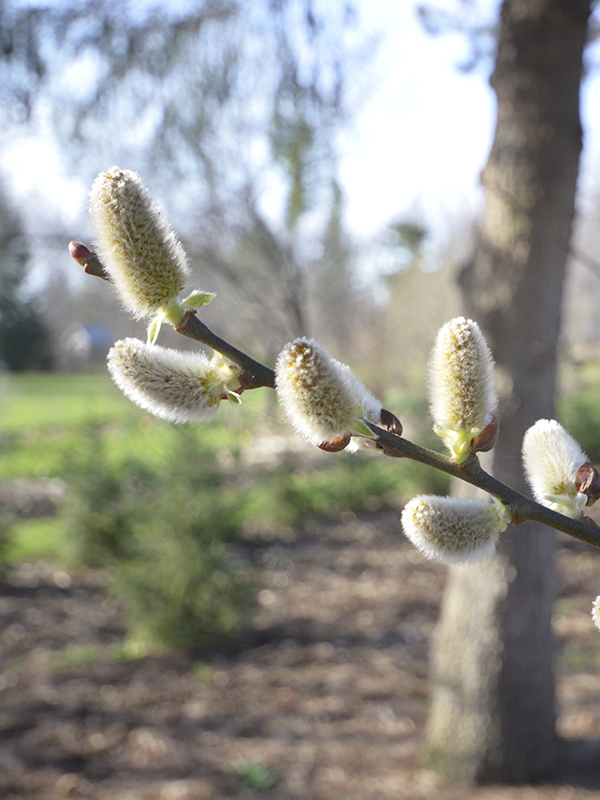
Woody > Salix > Salix discolor > Salix discolor
Salix discolor
Pussy Willow
Origin: Native to Europe, northeast Asia, and northern Iran.
Mike's
Opinion


"
A charming reminder of early spring when English winters demise is signaled by the Pussy Willow. Its flowering period is brief after which it is best relegated to the back of the landscape border since it has no other redeeming qualities, however sentimentality forces me to include its planting in large borders.
Michael Pascoe, NDP., ODH., CLT., MSc. (Plant Conservation)
"
| Family |
| Salicaceae |
| Genus |
| Salix |
| Species |
| discolor |
| Category |
| Woody |
| Type |
| Tree (deciduous) |
| Pronunciation |
| USDA Hardiness Zone |
| 4 - 8 |
| Canadian Hardiness Zone |
| 2a - 8a |
| RHS Hardiness Zone |
| H4 - H7 |
| Temperature (°C) |
| -35 -(-7) |
| Temperature (°F) |
| -30 - 20 |
| Height |
| 2 - 5 m |
| Spread |
| 1 – 3.5 m |
Photographs
Description and Growing Information
Flowering Period
| General Description |
| Shrub or small tree that produces catkins in the early spring. It has two toned leaves and glabrescent to pubescent stems. |
| Landscape |
| Good for wet or moist areas, fine leaf litter, but not used in landscapes very often because it is a wild species, although often grown for its spring blooming branches. |
| Cultivation |
| Fibrous, spreading roots systems make them easy to transplant into a landscape, it tolerates full sun, and it can adapt to different pH levels. |
| Shape |
| Small tree or upright multi-stemmed shrub. |
| Growth |
| Fast |
| ID Characteristic |
| Male catkins which appear in early April are silky soft, the leaves have a blue-green colour above and a pale gray-green colour below (discolour means ‘two-colours’ which refers to the two toned coloured leaves). |
| Pests |
| Susceptible to canker, blights, and powdery mildew, with canker being the most serious observed. |
| Habitat |
| Damp meadows, along shorelines, riverbanks, ditches, and other wet habitats. |
| Bark/Stem Description |
| Gray-brown, smooth, then becoming scaly with age. |
| Flower/Leaf Bud Description |
| Stout at maturity; 7–12 mm long, coloured and clothed as the twig, purple-brown, bud larger than Salix alba. |
| Leaf Description |
| Alternate, simple, oblong to elliptic, pointed or blunt-tipped, tapered at base, weakly serrated 3–10 cm long, 1–3 cm wide; may be fuzzy. |
| Flower Description |
| Catkins; male and female on separate plant, female catkins are 2-6 cm long & densely flowered; male catkins are 2–4 cm long; scales dark brown to black; long, hairy; fully developed before leaves expand. |
| Colour Description |
| Summer foliage blue-green above, pale greyish-green underside (not a very appealing autumn colour). It has yellow-brown. dark brown, or purple-brown stems. |
| Texture Description |
| Medium texture leaves; more coarse in the winter. |
| Notable Specimens |
| The A.M. (Mac) Cuddy Garden, Strathroy, Ontario. |
| Propagation |
| The seeds have no dormancy and germinate soon after falling. They are easily grown through cuttings at anytime of the year. Tissue culture have been successful with this species and some cultivars are often grafted such as the hideous standard form. |
References
Widely available.




